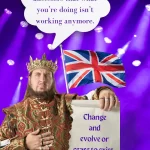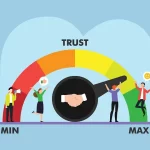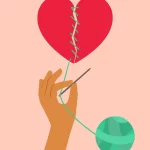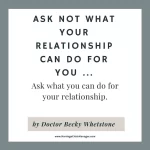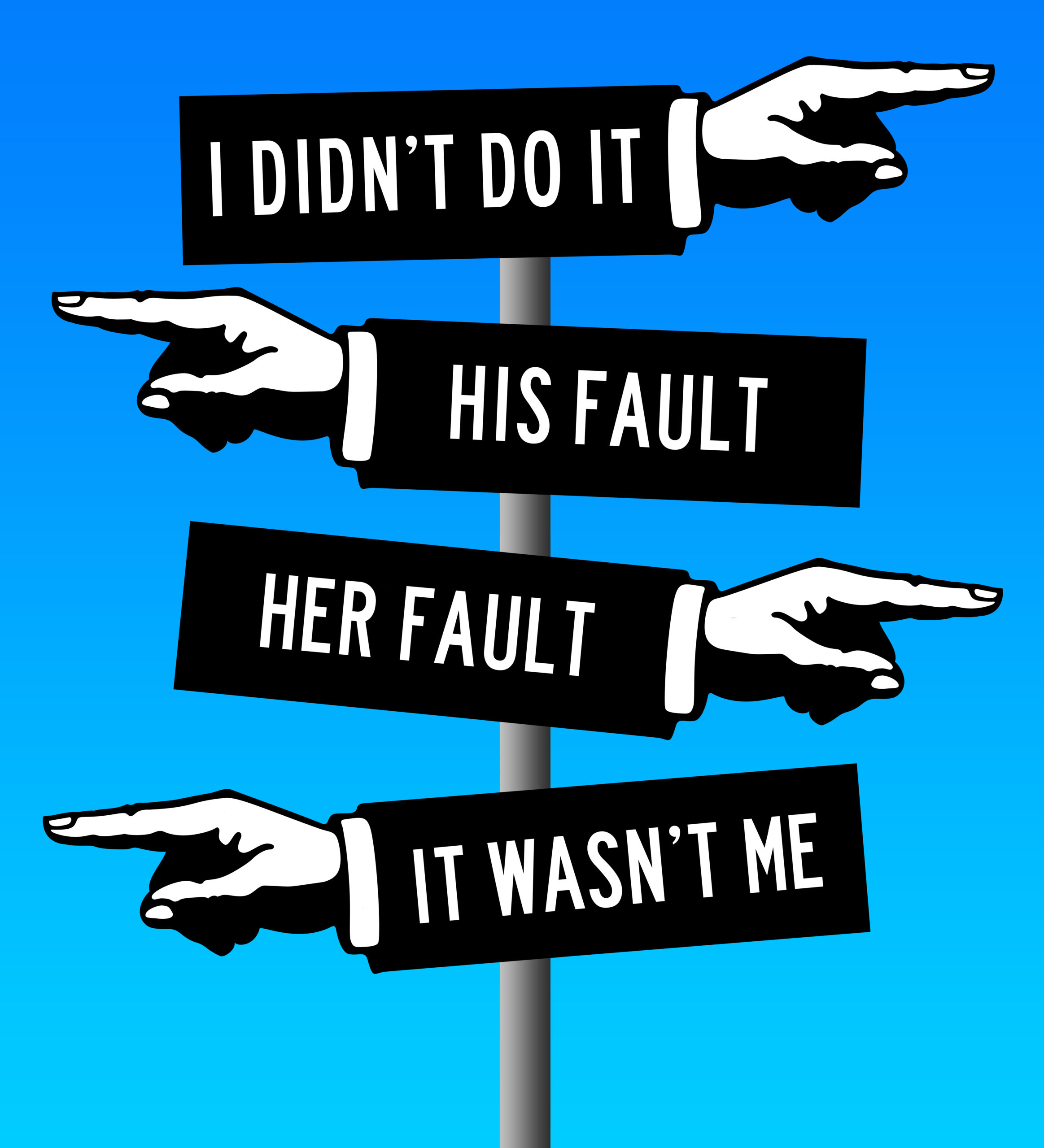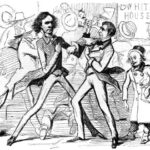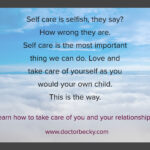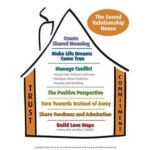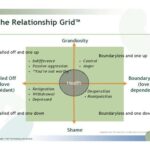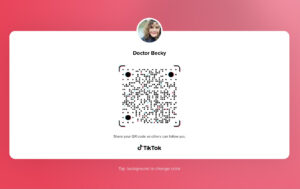One of the biggest mistakes couple’s make in therapy is to come to the first session, leave feeling validated and hopeful, only to find that one partner is still screwing up and doing stupid things. The offended partner gets angry, says something like, “See, I knew you’d never change!” Then they pick up the phone and cancel their second appointment.
Really, people? Were you thinking that couple’s therapy would give you a magic bullet in one single session? Did it not occur to you that therapy is a process that takes a lot of time and practice and that things may be up and down along the way?
Canceling your second therapy appointment after one person makes a misstep guarantees:
• You will get more of the same of what you’ve been getting.
• You’ve missed an opportunity to understand and learn what happened and what parts of your personality and relationship skills need tweaking, and
• How to make better relationship choices in the future.
Every person I have ever met would benefit from extensive training in how to choose the right mate, like a couple I saw recently, Joe and Suzie Blow*, who have been dating for less than a year.
The story is common: Joe met Suzie online, he was very attracted to her and proceeded to seduce her by being romantic, attentive and thoughtful. Like a hungry fish in the sea, affection-starved Suzie fell under his spell. Five weeks later the truth was revealed – he is a complete and total emotional avoidant who is insanely jealous and skeptical of every move the woman makes, certain that in his frequent absences (he’s avoidant, remember?) men flock to be near her. She was crushed and baffled by his emotional withdrawal and jealousy, but was still fighting to get the original 5-week wonderful Joe to return to the relationship. It had been 10 months since he’d shown up, and now they were seeing me.
“I feel like I am chasing a butterfly,” said Suzy. “This beautiful thing I want so badly flits around and won’t let me catch it in my net. I just want to be with him and love him and he won’t let me. I desire no other man, only Joe.”
The problem Joe and Suzie have is very common, unfortunately. Yes, he has an emotional and intimacy disability that requires him to be walled-off physically and emotionally. You’d think people like this would avoid relationships altogether, but no. Being the human beings that they are, they always return to the dating pool and attempt a relationship, only to emotionally torture the person who falls in love with his seductive wonderful self on the front end of the relationship. These men and women always run for the hills emotionally when they perceive they’re being smothered, asked to change, or about to be hurt, and that’s when the dysfunctional dance of pursuit and avoid begins. Suzie admitted that she’s been so frustrated with him that she had told him, “I’m done,” at least 14 times in the time they’ve been together.
“Don’t say those words anymore or anything like them while we’re doing this work,” I said, and she agreed.
So in our session I explained the pattern to them, told them what we needed to do would take much work, but it was definitely possible to break the pattern and to move into a functional, adult relationship. They seemed relieved and left my office holding hands, laughing and flirting.
A few days later she texted to cancel their second appointment. “He went back to his job (in another town),” she said. “And he wouldn’t make plans to see me in the next few weeks because he said I sent a picture of my legs to a man I know at Cross Fit.”
I shook my head at the phone.
“He must have hacked into my computer or phone,” she said. “But he didn’t pay very close attention because it was actually my girlfriend’s legs, and it was she who sent the photo to the guy. I’m done.”
Typical. But what makes me the saddest is that these two people probably won’t break up for now. They’ll just keep engaging in this pattern of craziness. One day they will break up for good, and then they’ll both return to the dating pool and repeat the pattern with someone else. How I wish people who really need it would stick with their therapy.
*The Blows are a composite of some recent clients who dropped out of therapy.

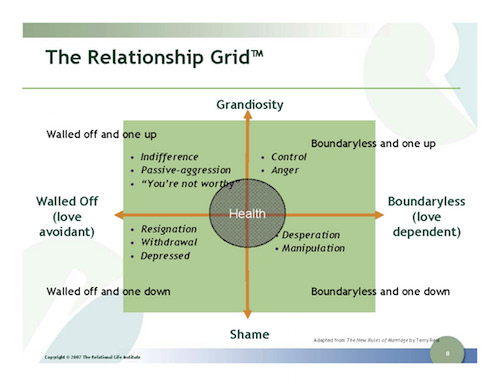
 Becky Whetstone is an Arkansas native and has a Ph.D. in Marriage and Family Therapy from St. Mary’s University in San Antonio, Texas. She is a Licensed Marriage and Family Therapist (LMFT) in Texas and Arkansas.
Becky Whetstone is an Arkansas native and has a Ph.D. in Marriage and Family Therapy from St. Mary’s University in San Antonio, Texas. She is a Licensed Marriage and Family Therapist (LMFT) in Texas and Arkansas. 








